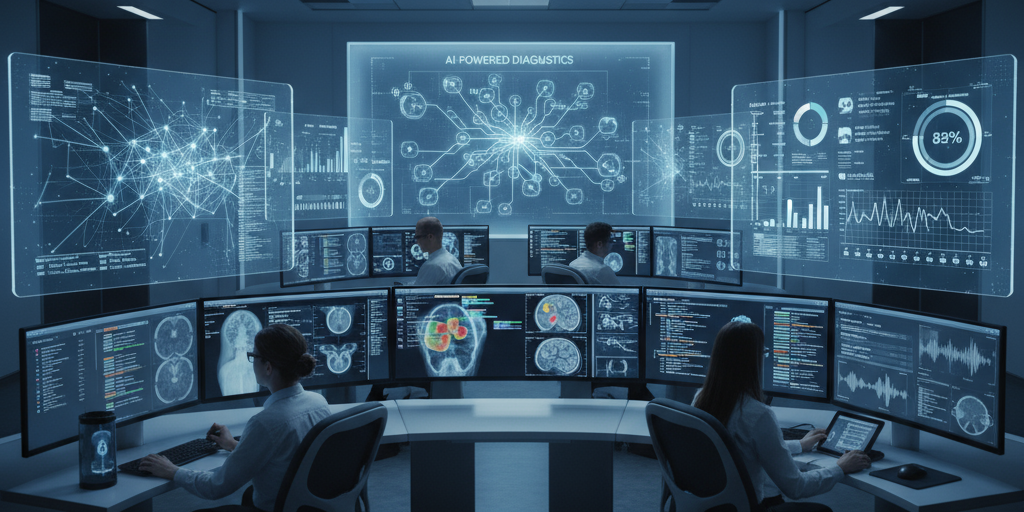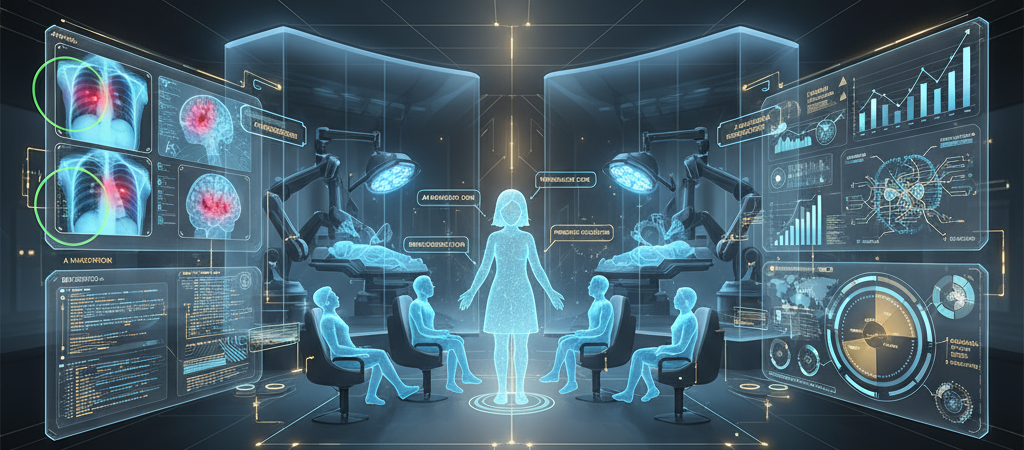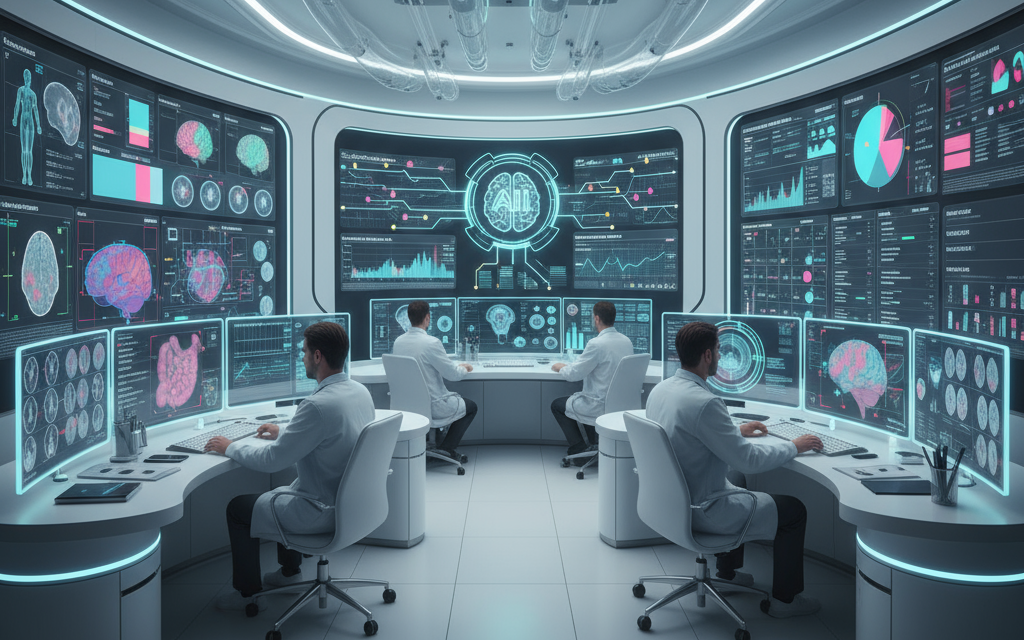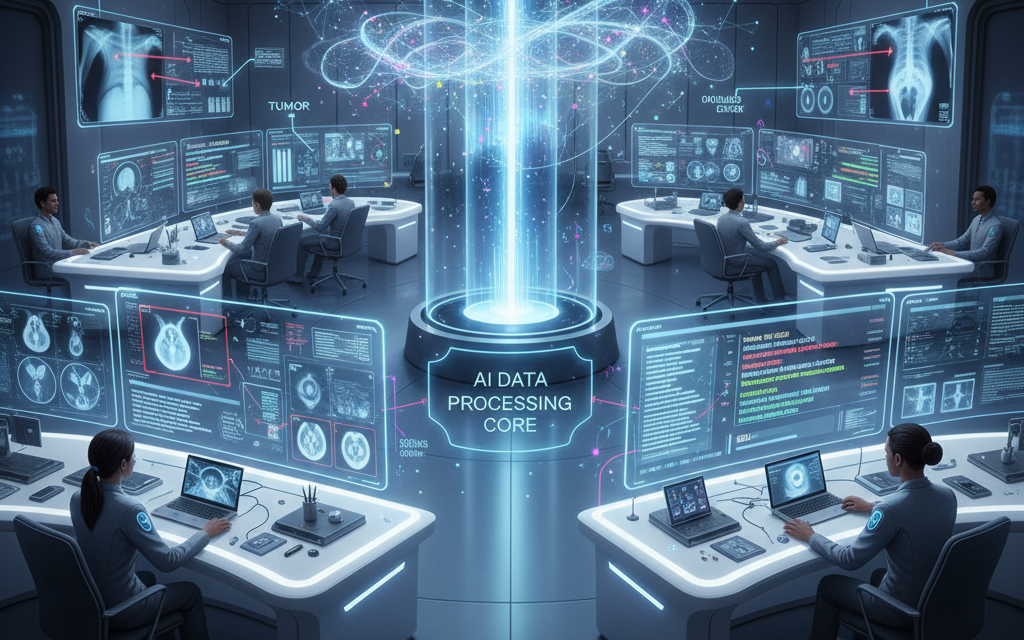What is Medical Annotation?

Medical annotation is the process of labeling medical data—such as images, text, audio, and videos—with relevant clinical information to make it usable for AI model training, diagnostics, and decision support.
It involves domain experts (like radiologists, physicians, or trained medical annotators) adding detailed annotations that help algorithms learn patterns, detect anomalies, and provide accurate predictions in healthcare applications.
Why is Medical Annotation Important?
AI in healthcare relies on labeled data to:
- Detect diseases (e.g., tumors in X-rays)
- Interpret clinical notes
- Power virtual health assistants
- Support surgical robotics and diagnostics
- Enable early detection and precision medicine
Without accurate annotation, AI models cannot learn or generalize from medical data effectively, which may risk misdiagnosis or harm.

Types of Medical Annotation

Medical annotation is crucial for AI applications in healthcare and spans multiple data types. Medical image annotation is used in radiology, pathology, dermatology, and ophthalmology, involving bounding boxes around tumors, semantic segmentation of organs or lesions, landmark annotation of key structures, and 3D volumetric segmentation in scans like DICOM series. These techniques enable tumor detection, bone fracture classification, retinal disease identification, and skin lesion categorization. Accurate image labeling allows AI models to recognize patterns, support diagnostics, and improve clinical decision-making.
Beyond images, AI relies on text, audio, and video annotation in healthcare. Text annotation of EHRs, clinical notes, and prescriptions uses named entity recognition, entity linking to standard ontologies, relation extraction, and de-identification to maintain privacy, supporting chatbots, summarization, and predictive analytics. Audio annotation enables transcription, speaker identification, and emotion detection for voice-enabled assistants and mental health assessment. Video annotation, including frame-level tagging, activity recognition, and anomaly detection, is applied in robotic surgery training, gait analysis, and endoscopic procedures.


